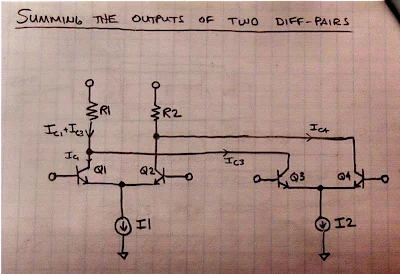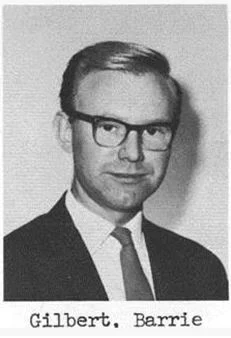The SA612 truly is a remarkable chip. It's as if The Radio Gods got together back in the early 80s and said, 'what integrated circuit can we bring into the radio world that will supercharge homebrew radio and help enthusiasts to build their own rigs?'. And after the wise council settled on a combined oscillator-mixer in a single DIP-8 package, the rest is history
.
The 602/612 launched dozens of DIY radios and even businesses, and the careers of the QRP pioneers, from Doug DeMaw to Wayne Burdick to Dave Benson. I'll bet even Wes Hayward built a few.
SA612 discussions on Groups.io lists such as Qrp-Tech ran for decades and continue to attract attention and raise new insights today.
Even Elecraft with all of their digital radio know-how and resources launched the KH1 hand-held CW rig into production with SA612s in its receiver as late as 2023.
It really is an almost ideal part for simple homebrew receivers and transmitters. A 200MHz mixer with balanced inputs and outputs, an on-chip stable LO that can be used in three ways - a crystal BFO, an LC (or varactor) VFO, or a buffer for an external oscillator or clock such as the si5351 digital PLL/multisynth. Up to 15dB conversion gain which mostly eliminates the need for IF gain. Able to be gain-controlled with a DC AGC applied to its input. And did I mention low current?
Its only weakness is in its mixer dynamic range and strong signal performance but if you put a basic BPF in front, for simple homebrew rigs at home or portable/field rigs, this hasn't really been a problem.
Of course there are other mixers that outperform the 612 but some consume much more current, and none have the built-in oscillator.
Vale the SA612. You served, and continue to support the homebrew community like no other chip. You will not be forgotten.
Fortuitously, eBay is full of $5 a piece NOS parts on tape, which pretty much guarantees they are not fake. And at this price, for all you get, they're still great value!
Paul VK3HN.
Confirmed card-carrying SA612 fan-boy.












